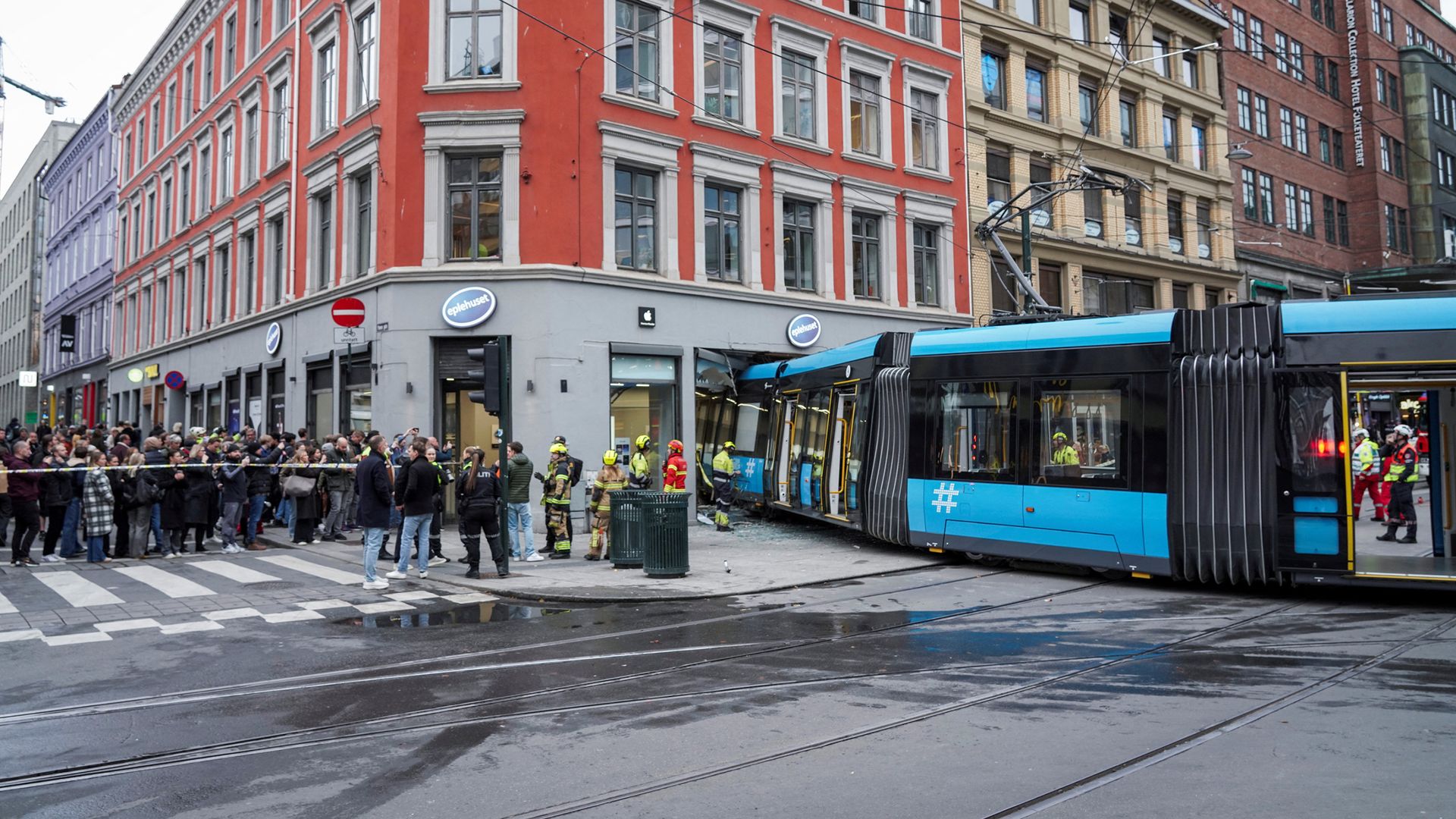
Every gallon of paint used to mark road lines is mixed with pounds of tiny glass beads, similar in size to beach sand, to make the stripes reflective.
But layers of salt and repetitive plow scraping during a Maine winter means that those lines become harder and harder for drivers and pedestrians to see, especially at night, creating a never-ending battle for transportation departments.
“In any northern state, where you drag plow blades over the road, that’s obviously not very good for the paint, because it’s knocking out a lot of your beads, which is taking away a lot of your retroreflectivity,” Maine Department of Transportation engineer Brian Burne said.
Other northern states experience similar difficulties with keeping lines visible. In Michigan, state roads are painted every couple of years, Michigan Department of Transportation spokesperson Nick Schirripa said. Vermont paints once a year.
There is a wide range of durability, reflectivity and cost of markings, depending on the paint product, but even the more expensive choices are impacted by plows and driving, said Patti Coburn, a project manager with the Vermont’s Agency of Transportation.
Low traffic roads in Michigan use water-based acrylic paint, Schirripa said. Freeways are given a polyurea paint, which is fairly resilient, even on stretches of the interstate that sees around 100,000 vehicles a day.
Most roads in Bangor use a water-based latex paint with glass beads, Bangor Department of Public Works Director Aaron Huotari said. The state uses water-based acrylic paint on non-freeway roads, Burne said. Water-based latex paint is the standard from the American Association of State Highway and Transportation Officials, a liaison between the federal and state governments.
Around six pounds of beads are added to each gallon of paint Maine DOT uses, while the city adds about four and a half pounds.
The city is testing polyurea paint along part of high-traffic downtown streets, which is supposed to be more durable and not need repainting every year. Polyurea dries within minutes while water-based paint takes longer to dry. The actual formulas of most paints are trade secrets, Schirripa said.
“Right now with the water base, come spring, you can’t see any of the lines anymore,” he said. “There might be a faint trace here and there, but it just wasn’t working.”
This spring the department will be able to see if the test along Central, Hammond and Harlow streets worked, Huotari said. The city chose that stretch of road for the trial because there are a lot of pedestrians in the area, and the lines are worn down more quickly from drivers frequently driving over the lines as they jockey for position through the triangle of roads.
“You can make a little more investment there and be super impactful,” Huotari said.
Some of the paint has started to chip, but the lines are still visible and drivers can tell where they’re supposed to be, he said.
The ground temperature and time of year stripes are laid can also impact how the paint and beads stick, Huotari said. Part of Stillwater Avenue was repaved in late fall, with latex paint going on as the weather turned cold. Drivers didn’t have much time on the new roads until the beads started coming out of the paint.
The plows take out bits of paint each time. Then the salt makes the road and lines all look white.
“What can you see?” Huotari said. “It’s next to impossible to really make out, especially at night, when you no longer have that reflectivity.”
Every year the city paints 280 miles of road lines, at a cost of about $133,000. The lower-cost latex option means the roads need to be painted each year to keep lines visible. Using polyurea paint instead would cost $1.1 million, so if the trial goes well it will only be used along busy roads because of the price, Huotari said.
At the end of the day, the city has to balance making sure people can navigate the roads safely, while also remembering taxpayers are footing the bill, so there’s sometimes a compromise, Huotari said.
“It’s a challenge,” Huotari said. “You try to do the best you can but I don’t know if there’s any solution out there that is going to solve all our paint issues here in the state of Maine because of our winters.”











